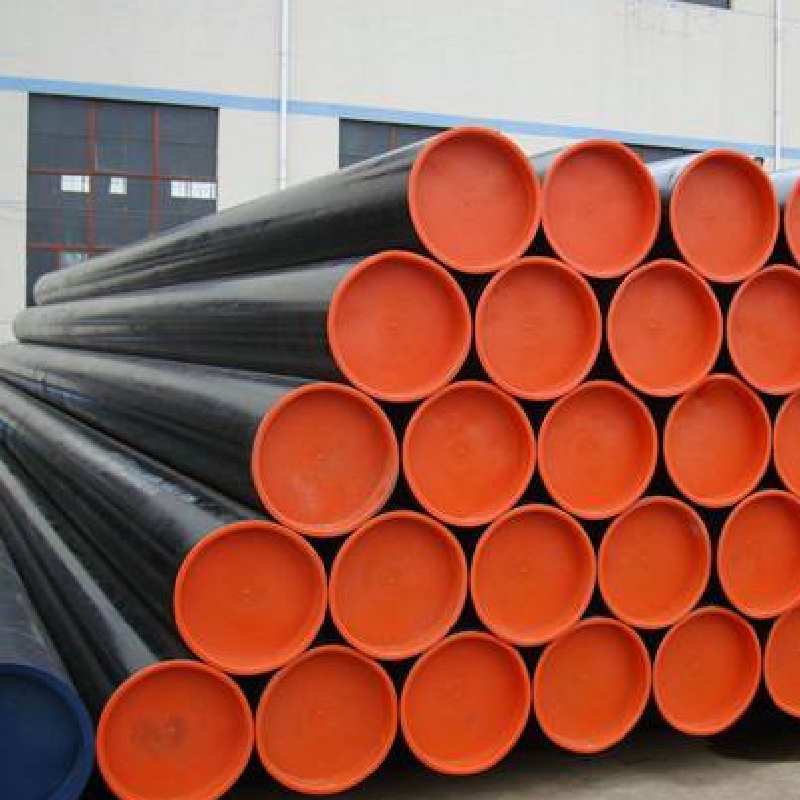-
Cangzhou Yulong Steel Co., Ltd.
-
Phone:
+86 13303177267 -
Email:
admin@ylsteelfittings.com
- English
- Arabic
- Italian
- Spanish
- Portuguese
- German
- kazakh
- Persian
- Greek
- French
- Russian
- Polish
- Thai
- Indonesian
- Vietnamese
- Zulu
- Korean
- Uzbek
- Hindi
- Serbian
- Malay
- Ukrainian
- Gujarati
- Haitian Creole
- hausa
- hawaiian
- Hebrew
- Miao
- Hungarian
- Icelandic
- igbo
- irish
- Japanese
- Javanese
- Kannada
- Khmer
- Rwandese
- Afrikaans
- Albanian
- Amharic
- Armenian
- Azerbaijani
- Basque
- Belarusian
- Bengali
- Bosnian
- Bulgarian
- Catalan
- Cebuano
- China
- China (Taiwan)
- Corsican
- Croatian
- Czech
- Danish
- Esperanto
- Estonian
- Finnish
- Frisian
- Galician
- Georgian
- Kurdish
- Kyrgyz
- Lao
- Latin
- Latvian
- Lithuanian
- Luxembourgish
- Macedonian
- Malgashi
- Malayalam
- Maltese
- Maori
- Marathi
- Mongolian
- Myanmar
- Nepali
- Norwegian
- Norwegian
- Occitan
- Pashto
- Dutch
- Punjabi
- Romanian
- Samoan
- Scottish Gaelic
- Sesotho
- Shona
- Sindhi
- Sinhala
- Slovak
- Slovenian
- Somali
- Sundanese
- Swahili
- Swedish
- Tagalog
- Tajik
- Tamil
- Tatar
- Telugu
- Turkish
- Turkmen
- Urdu
- Uighur
- Welsh
- Bantu
- Yiddish
- Yoruba

Aug . 14, 2024 10:01 Back to list
Exploring the Characteristics and Applications of DIN Flange Standards in Industrial Systems
Understanding DIN Flange Standards
Flanges play a pivotal role in piping systems, providing a robust connection between various components. The German Institute for Standardization, known as DIN (Deutsches Institut für Normung), has established a set of standards that govern the design, production, and testing of flanges. DIN flange standards are widely recognized and adopted across the globe, ensuring compatibility, safety, and performance in various engineering applications.
Key Features of DIN Flange Standards
The DIN flanges are characterized by their specific dimensions, materials, and pressure ratings, ensuring a uniform approach to construction and manufacturing. These standards encompass various types of flanges, including slip-on, weld-neck, blind, and threaded flanges, each serving a distinct purpose based on the requirements of a given application.
One of the key features of DIN flanges is their standardized sizes and shapes, which allow for easy interchangeability between different manufacturers. For instance, DIN flanges are usually defined by their nominal pipe size, which corresponds to the diameter of the pipe they are intended to be attached to. Common nominal sizes range from DN10 (10mm) to DN1200 (1200mm), accommodating a variety of applications across different industries.
Pressure Ratings and Material Specifications
Another essential aspect of DIN flange standards is the specified pressure ratings, defined by the PN (Pressure Nominal) designation. The PN-rating indicates the maximum pressure that the flange can handle at a specific temperature. Common ratings include PN6, PN10, PN16, PN25, and PN40, corresponding to increased pressure capabilities.
din flange standard

Material specifications are equally crucial. DIN flanges can be made from a wide range of materials, including carbon steel, stainless steel, ductile iron, and plastic, each selected based on the application’s needs, such as temperature resistance, corrosion resistance, and strength requirements. The most frequently used material for industrial applications is stainless steel, particularly due to its excellent resistance to corrosion and high-temperature performance.
Applications and Industries
DIN flanges are utilized in various industries, reflecting their versatility and critical role in systems design. They are predominant in the oil and gas, chemical processing, water treatment, and power generation sectors. The standardized dimensions and compatibility of DIN flanges streamline the assembly and maintenance processes, contributing to increased operational efficiency.
In the chemical processing industry, for example, DIN flanges are often used to connect pipework that transports chemicals, where safety and corrosion resistance are top priorities. In water treatment facilities, flanges facilitate the quick assembly and disassembly of pipelines for maintenance and inspection, minimizing downtime.
Conclusion
In summary, DIN flange standards provide a comprehensive framework for the design and application of flanges within various piping systems. Their standardized sizes, pressure ratings, and material specifications ensure interoperability among different manufacturers, promoting safety, reliability, and efficiency in industrial applications. As global industries continue to evolve, DIN flanges remain a cornerstone of modern engineering, enabling the effective transport of fluids and gases in safe and efficient systems. Understanding these standards is crucial for engineers and designers to ensure that their projects meet both regulatory requirements and performance expectations.
Latest news
-
ANSI 150P SS304 SO FLANGE
NewsFeb.14,2025
-
ASTM A333GR6 STEEL PIPE
NewsJan.20,2025
-
ANSI B16.5 WELDING NECK FLANGE
NewsJan.15,2026
-
ANSI B16.5 SLIP-ON FLANGE
NewsApr.19,2024
-
SABS 1123 FLANGE
NewsJan.15,2025
-
DIN86044 PLATE FLANGE
NewsApr.19,2024
-
DIN2527 BLIND FLANGE
NewsApr.12,2024
-
JIS B2311 Butt-Welding Fittings LR/SR 45°/90° /180°Seamless/Weld
NewsApr.23,2024











